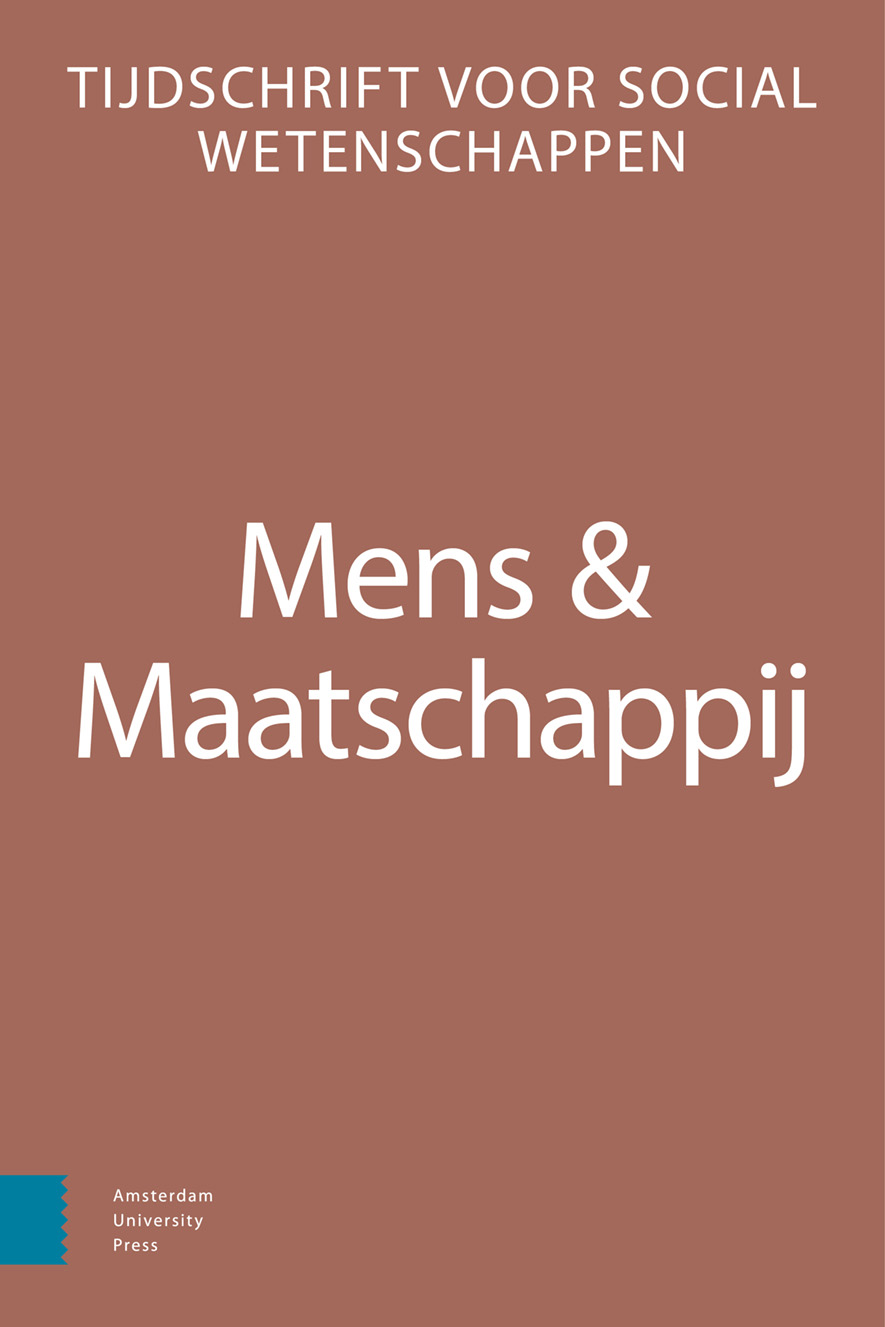-
oa Gelijke opleiding, verschillende opbrengsten
Een onderzoek naar genderongelijkheid in het effect van opleidingsniveau op de mate van leidinggeven
- Amsterdam University Press
- Source: Mens & Maatschappij, Volume 95, Issue 1, Mar 2020, p. 3 - 28
-
- 01 Mar 2020
Abstract
Equal education, different returns: Research into gender inequality in the effect of education level on the degree of supervision
The aim of this article is to investigate whether the effect of individuals’ education level on the degree of supervision their position holds, differs between men and women and how this has changed over birth cohorts. Drawing on the human capital theory and the glass ceiling metaphor, hypotheses on gender differences in the returns to education and how these change with birth cohort and age, are formulated. The hypotheses are tested using data from the Dutch Labor Supply Panel. We find that the returns to education are smaller for women than for men. This is the case in all age groups and birth cohorts. However, no evidence was found that women from earlier cohorts profit more from their education than women from later cohorts. Women and men born between 1961 and 1970 have the highest returns to education, as well as middle aged women and men.1


